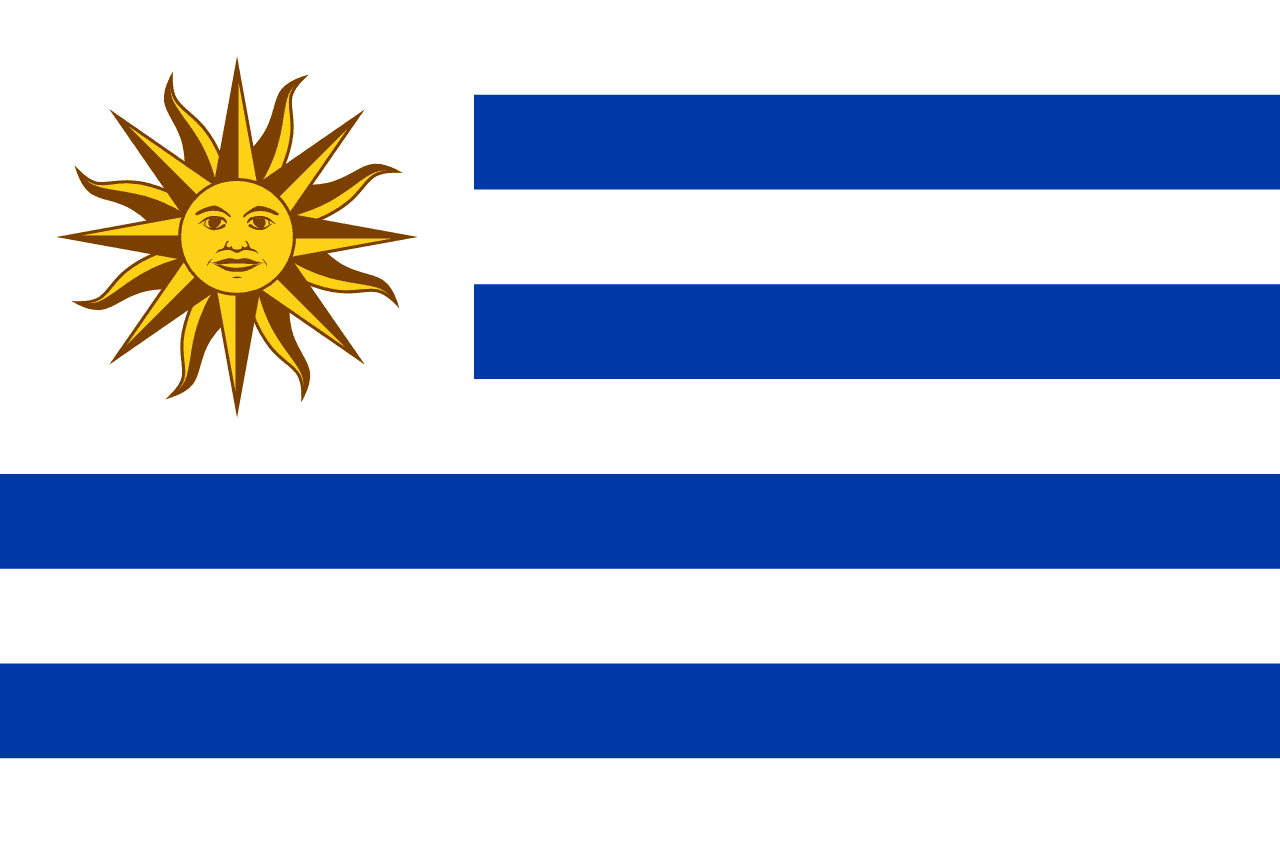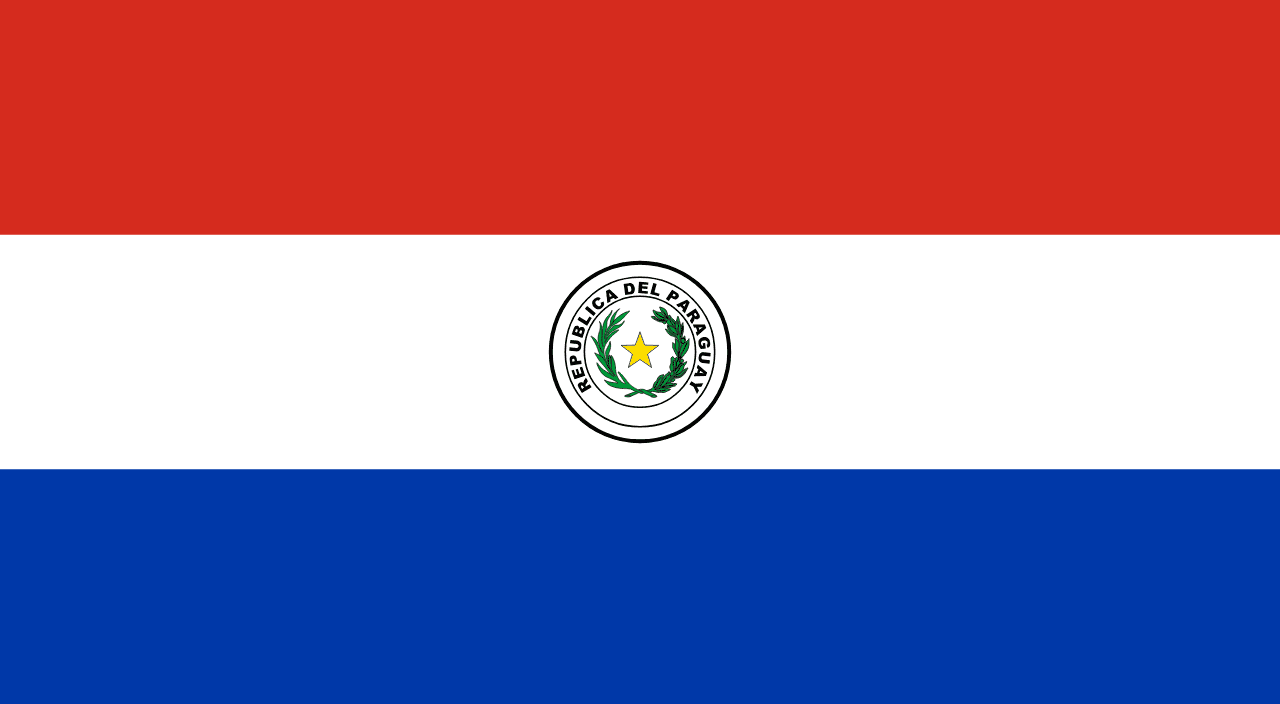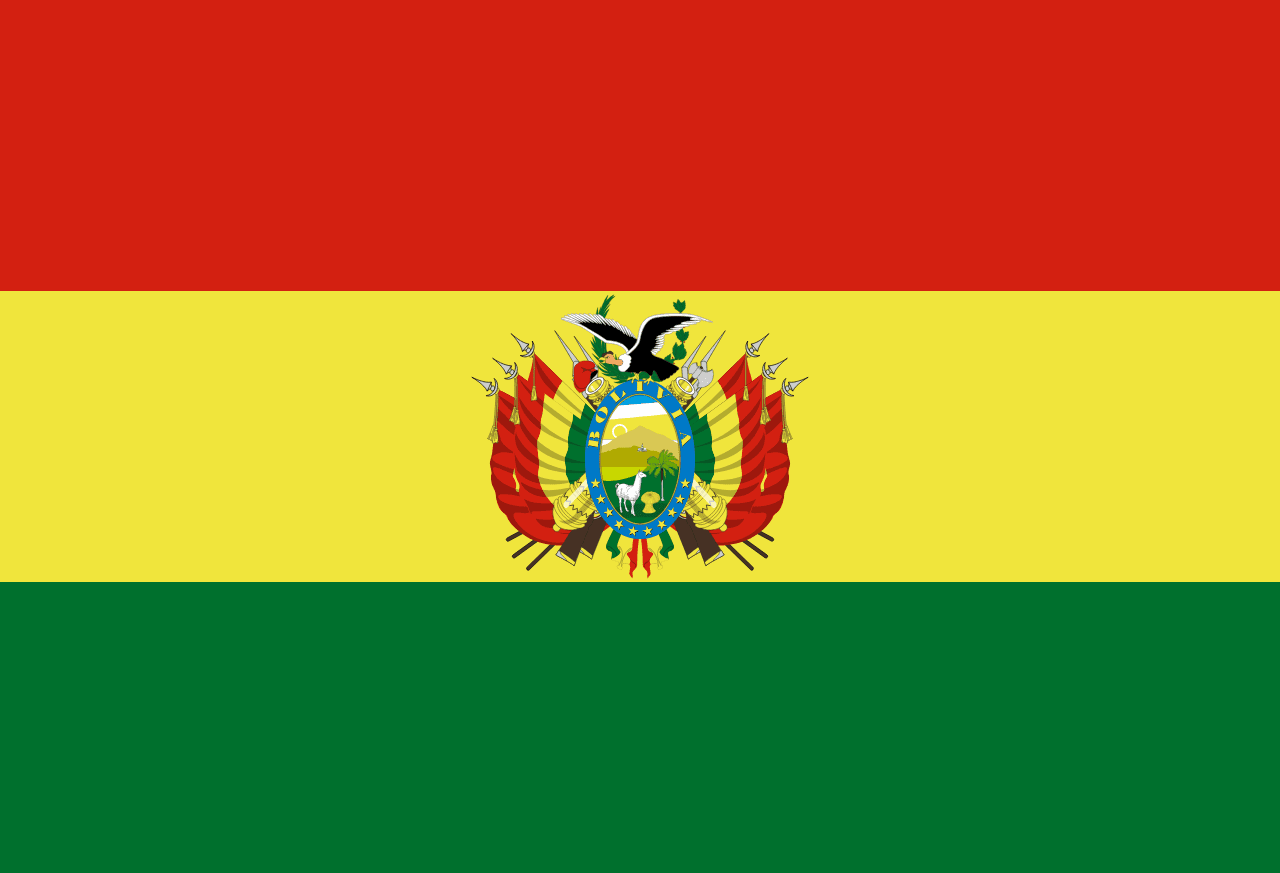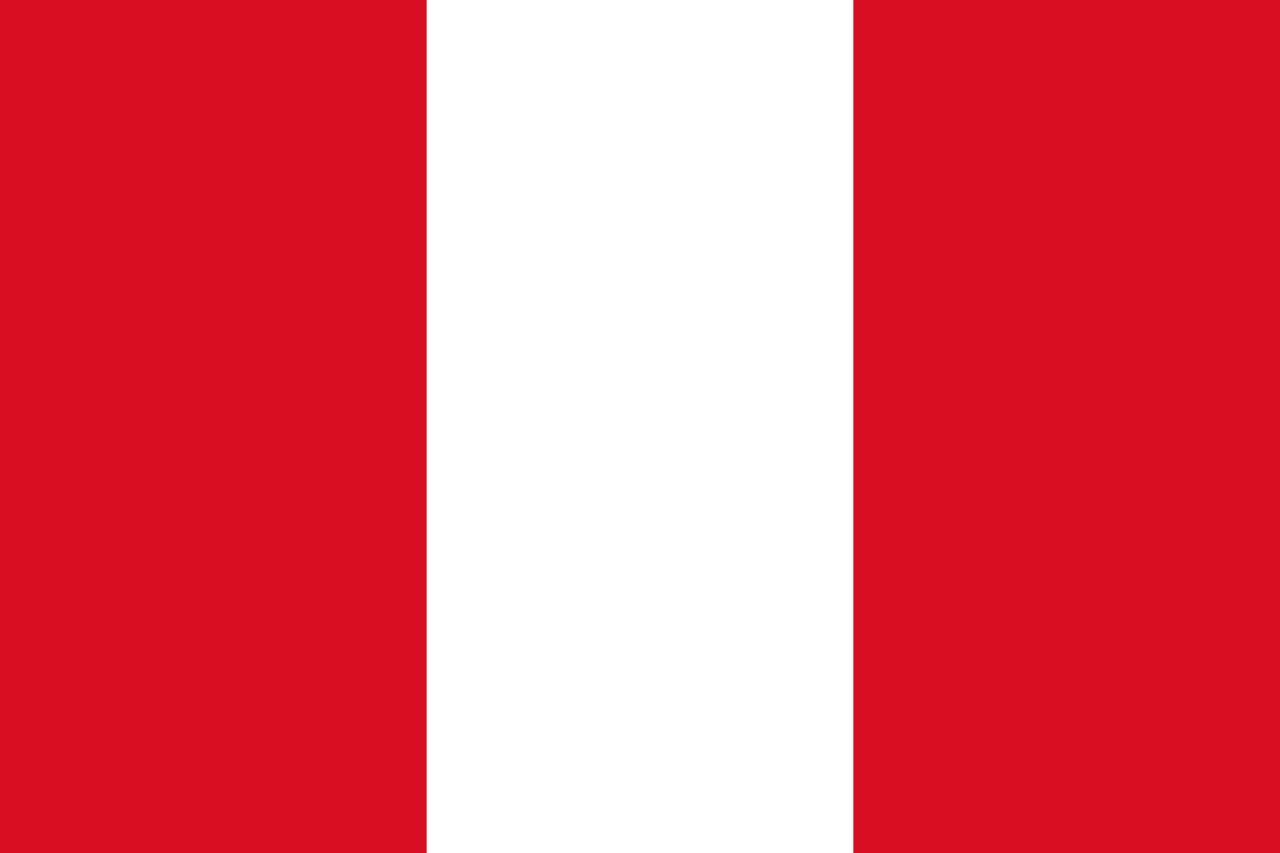Chile Flag Meaning
Two horizontal stripes of white over red with a blue square in the upper hoist containing a white five-pointed star, representing the sky and Pacific Ocean, the snow-capped Andes Mountains, the blood of patriots, and the guiding star of progress.
- Continent
- South America
- Adopted
- 1817
- Ratio
- 2:3
- Colors
- blue, white, red
- Designer
- Ignacio Zenteno

Symbolism
Blue Square: Represents the clear skies over Chile and the Pacific Ocean that borders the entire western coast, symbolizing the infinite possibilities and opportunities that lie ahead for the Chilean nation.
White Stripe: Represents the snow-capped peaks of the Andes Mountains that form Chile's eastern border, symbolizing the purity of Chilean ideals and the majestic natural barrier that has shaped the country's geography and identity.
Red Stripe: Represents the blood shed by Chilean heroes in the struggle for independence from Spanish colonial rule, symbolizing the courage and sacrifice of those who fought for freedom under leaders like Bernardo O'Higgins.
White Five-Pointed Star: Represents the guiding star of progress and honor that leads Chile toward a prosperous future, symbolizing the unity of the nation and the hope for continued development and prosperity.
History
- Pre-1541: The region was inhabited by various indigenous peoples including the Mapuche, who successfully resisted Inca expansion and would later fiercely resist Spanish colonization for over 300 years.
- 1541-1810: Spanish conquistador Pedro de Valdivia established the colony of Chile, facing continuous warfare with the Mapuche people while developing mining and agricultural settlements under Spanish colonial administration.
- September 18, 1810: The First Government Junta was established, beginning Chile's independence movement, with various revolutionary flags used during the struggle against Spanish royalist forces.
- October 18, 1817: The current flag was officially adopted following decisive victories in the independence war, with the design created by Minister Ignacio Zenteno representing the new Republic of Chile.
- 1818-1830: Chile consolidated independence under leaders like Bernardo O'Higgins and began establishing stable republican institutions while defining national borders and identity.
- 1879-1884: The War of the Pacific against Bolivia and Peru expanded Chilean territory northward, gaining valuable nitrate deposits and establishing Chile as a regional power.
- 1970-1973: Salvador Allende's socialist government implemented radical reforms before being overthrown in a military coup led by General Augusto Pinochet, beginning a period of authoritarian rule.
- 1973-1990: The Pinochet dictatorship suppressed political opposition while implementing free-market economic reforms, with the flag representing both state authority and opposition hopes for democracy.
- 1990-Present: Democratic transition restored civilian government, with the flag representing Chile's successful return to democracy and development into a stable, prosperous Latin American nation.
Trivia
- Chile is the world's longest and narrowest country, stretching over 4,300 kilometers from north to south but averaging only 180 kilometers in width.
- The flag represents the world's largest copper producer, accounting for about 30% of global copper production, making mining central to the economy.
- Chile includes some of the world's most extreme environments, from the Atacama Desert (driest place on Earth) to Patagonian glaciers and Antarctic territory.
- The country is famous for its wine industry, with regions like the Maipo and Colchagua valleys producing world-class wines that compete globally.
- Easter Island (Rapa Nui), famous for its moai statues, is Chilean territory located 3,700 kilometers off the coast in the Pacific Ocean.
- Chile is one of the most seismically active countries in the world, experiencing frequent earthquakes including the largest ever recorded (magnitude 9.5 in 1960).
- The flag flies over a country that includes a significant portion of Antarctica, with Chilean Antarctic Territory claimed since 1940.
- Chile has the world's largest swimming pool at the San Alfonso del Mar resort, stretching over one kilometer in length.
- The country is a leader in renewable energy, particularly solar power in the northern Atacama Desert, which receives some of the highest solar radiation on Earth.
- Chilean poet Pablo Neruda won the Nobel Prize in Literature, and the country has a strong literary tradition including other internationally recognized writers.
- The flag represents a country with one of Latin America's strongest economies and highest human development indices, often called the 'Switzerland of South America.'
- Chile's geographic isolation, bounded by the Andes, Pacific Ocean, Atacama Desert, and Antarctica, has created unique ecosystems and endemic species.
- The country's national dance, the cueca, is performed during independence celebrations and represents the courtship between a rooster and hen.
- Chilean sea bass (actually Patagonian toothfish) became a luxury food worldwide, though overfishing has led to strict regulations to protect the species.
- The flag flies over a country that has successfully transitioned from dictatorship to democracy and is considered a model for democratic consolidation in Latin America.
Related Countries

Argentina
South America
Three horizontal stripes of light blue, white, and light blue with a golden sun (Sol de Mayo) in the center, created by Manuel Belgrano during the independence wars and representing the clear skies after the storm of Spanish rule, the snow-capped Andes mountains, and the May Revolution that began Argentina's path to freedom.

Uruguay
South America
Nine alternating horizontal stripes of blue and white with a golden sun (Sol de Mayo) in the upper left canton, representing the nine original departments of Uruguay, the clear skies and peace, and the May Revolution that inspired South American independence movements.

Paraguay
South America
A horizontal tricolor of red, white, and blue. Unique among national flags, Paraguay’s flag has different emblems on the obverse and reverse sides: the national coat of arms on the front, and the treasury seal on the back.

Bolivia
South America
Three horizontal stripes of red, yellow, and blue, with the national coat of arms centered on the yellow stripe in the state flag, representing the valor of the army, the mineral wealth of the nation, and the sky and sea that Bolivia once possessed before losing its coastline to Chile.

Peru
South America
A vertical triband of red, white, and red. The civil flag is a simple triband, while the state flag includes the national coat of arms in the center white band. The design reflects Peru’s struggle for independence and its natural richness.

Brazil
South America
Green field with yellow diamond containing a blue celestial globe with the motto 'Ordem e Progresso'.